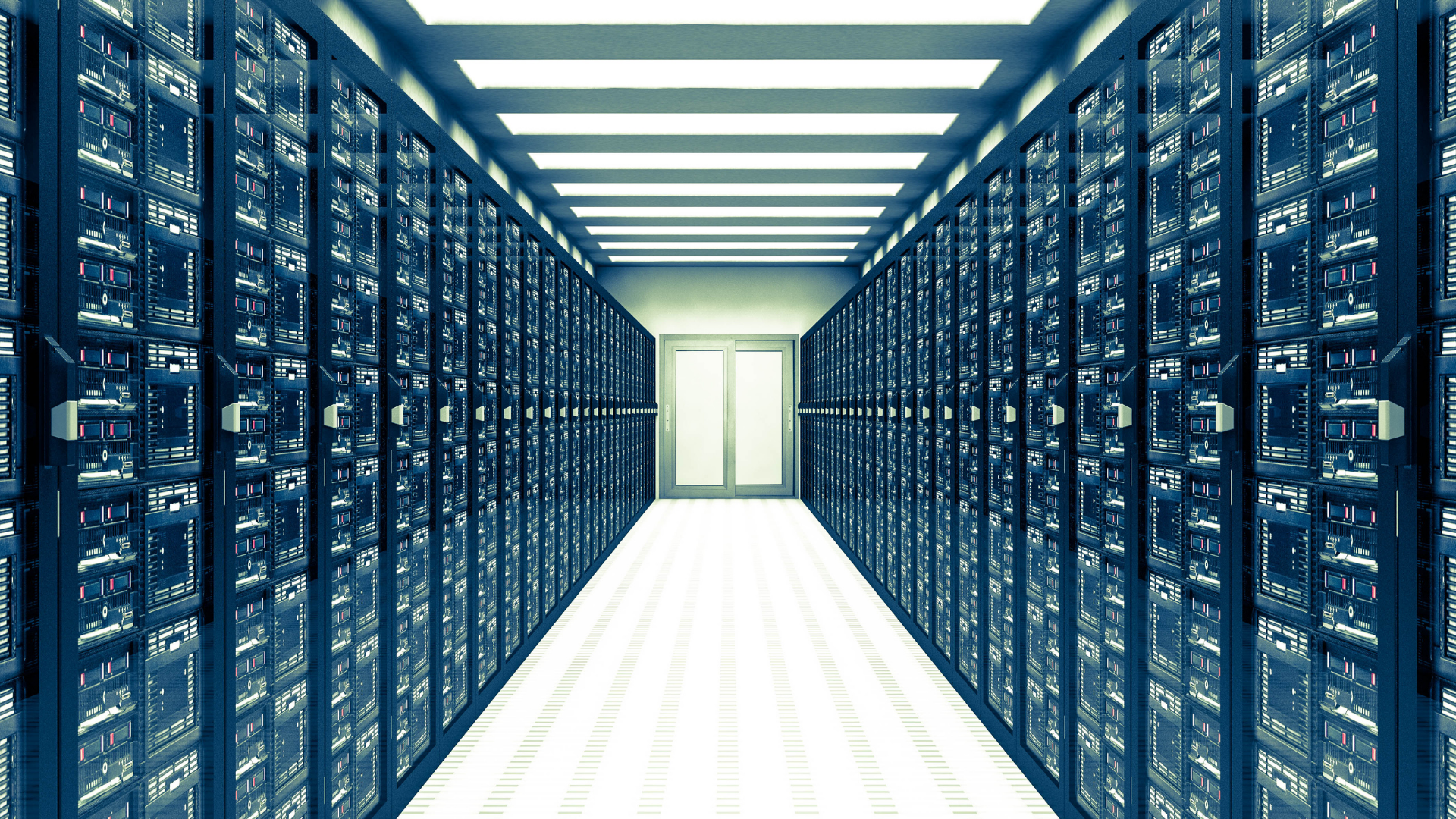
Data Center Demands & Impacts on the Energy System: An Energy Horizons Special Report
White Paper
Get a copy of Data Center Demands & Impacts on the Energy System: An Energy Horizons Special Report
"*" indicates required fields
Abstract
The U.S. energy system will continue a significant transition through 2050, driven by new technologies, policies, and consumer choices. These will result in new market dynamics, industry challenges, and changes in energy-related greenhouse gas emissions. OnLocation, a KeyLogic company, produced the Data Center Demands & Impacts on the Energy System: An Energy Horizons Special Report to explore these issues using its enhanced version of the National Energy Modeling System (OL-NEMS). The Data Center report provides two scenarios that illustrate the potential impacts of data center demands on electric power supply.
The Data Center report is a follow-on report to OnLocation’s U.S. Energy Horizons to 2050 report released in June. The Horizons report and subsequent analyses are designed to contribute to the energy & climate modeling community following the U.S. Energy Information Administration not releasing an Annual Energy Outlook (AEO) for 2024.
Get the Full Report
We hosted a webinar on Thursday, September 26, 2024, to discuss the Data Centers report. View the webinar recording, presentation, and transcript here. Submit the form on the left to download the full report and data tables.
About the Authors:
Francisco de la Chesnaye, VP, Economic and Climate Strategy
Dr. de la Chesnaye is responsible for executive leadership, energy strategy, and business development at OnLocation. He has more than 25 years of experience implementing initiatives in the private sector, non-profit organizations, and national governments related to climate change, energy systems, and environmental sustainability.
Frances Wood, Senior Director of Analysis
Ms. Wood has over 40 years of energy and environmental consulting experience. She is a recognized expert in the National Energy Modeling System (NEMS) and has performed policy analyses using a variety of integrated energy models (including NEMS) to provide comprehensive representations of the energy market.
Hao Deng, Senior Consultant, Buildings, OnLocation
Dr. Deng has extensive experience in economic analysis at the intersection of energy, environment, and public health. His experience spans an array of empirical economic methodologies: He has built a dynamic structural demand model for the residential solar PV market; investigated the role of financing in the market development in California; and evaluated the effects of urbanization on air pollution in the U.S. since 1970 using results from an integrated assessment model.
Samaneh Babaee, Senior Consultant, Transportation, OnLocation
Dr. Babaee has over 12 years of research and expertise in techno-economic, environmental, and policy analysis of energy systems and clean energy technology assessment. The primary focus of her work has been on the application of energy-economic optimization models to assess a range of critical issues, including energy consumption and fuel prices, technology innovation, air pollution and greenhouse gasses (GHGs), energy policies, and climate mitigation goals.
Maria Lopez Moreno, Program Coordinator
Ms. Lopez experiences have honed her consultancy and project management skills, allowing her to provide critical decision support for diverse stakeholders. Her professional, educational, and volunteer experiences have deepened her commitment to sustainability and community impact.
Andrew Simler, Program Analyst, Data Visualization
Mr. Simler has a BA in Physics from Reed College and is experienced in the use of computer programming to support scientific investigations. He supports research and modeling for projects including climate impacts and is actively supporting OnLocation’s development of the Critical Material Conversion Module.
Sharon Showalter, Associate Director, Report Lead
Ms. Showalter has over 35 years of experience in data analysis, computer modeling, and project management focused on analyzing energy and environmental policies with a special emphasis on U.S. climate mitigation policies and the electric power sector.
Jasmine Sirko, Director of Budget & Operations
Dr. Sirko is responsible for budgeting, planning, operations, systems, and administration at OnLocation. She is a skilled administrator with experience in the public, non-profit, and private sectors.
Less Goudarzi, Senior Advisor
For the last 40+ years, Mr. Goudarzi has helped public and private sector clients create the quantitative tools required to address structural and regulatory challenges in the energy industry. His current focus is on the technological challenges associated with sustainable systems and how IoT, 5G (terrestrial/satellite-based internet), and AI will change the way economies work and their potential to transform how cities and governments approach and plan for energy futures.

